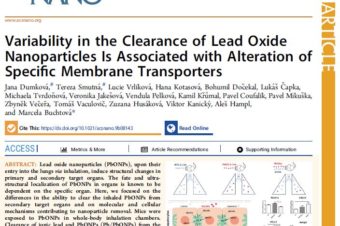Abstract:
WNT5B, a member of the WNT family of proteins that is closely related to WNT5A, is required for cell migration, cell proliferation, or cell differentiation in many cell types. WNT5B signals through the non-canonical β-catenin-independent signaling pathway and often functions as an antagonist of canonical WNT signaling. Although WNT5B has a high amino acid identity with WNT5A and is often assumed to have similar activities, WNT5B often exhibits unique expression patterns and functions. Here, we describe the distinct effects and mechanisms of WNT5B on development, bone, adipose tissue, cardiac tissue, the nervous system, the mammary gland, the lung and hematopoietic cells, compared to WNT5A. We also highlight aberrances in non-canonical WNT5B signaling contributing to diseases such as osteoarthritis, osteoporosis, obesity, type 2 diabetes mellitus, neuropathology, and chronic diseases associated with aging, as well as various cancers.
Front Cell Dev Biol. 2021 May 4;9:667581. doi: 10.3389/fcell.2021.667581.

Authors:
Sarocha Suthon1 , Rachel S Perkins1 , Vitezslav Bryja 2,3, Gustavo A. Miranda-Carboni4,5 , Susan A. Krum1,5
1 Department of Orthopaedic Surgery and Biomedical Engineering, University of Tennessee Health Science Center, Memphis, TN, United States.
2 Department of Experimental Biology, Faculty of Science, Masaryk University, Brno, Czechia.
3 Department of Cytokinetics, Institute of Biophysics, Czech Academy of Sciences, Brno, Czechia.
4 Division of Hematology and Oncology, Department of Medicine, University of Tennessee Health Science Center, Memphis, TN, United States.
5 Center for Cancer Research, University of Tennessee Health Science Center, Memphis, TN, United States





